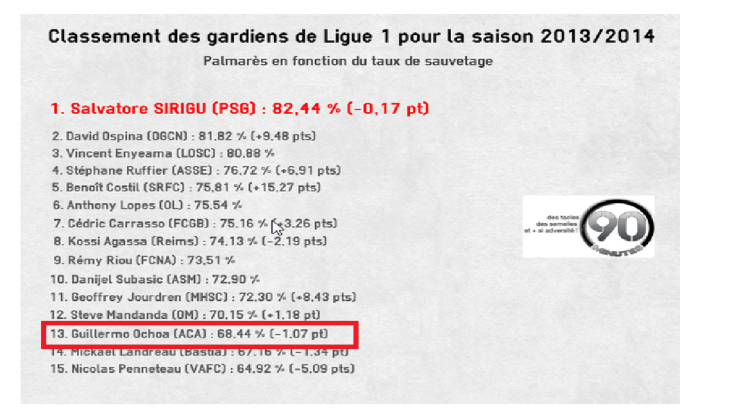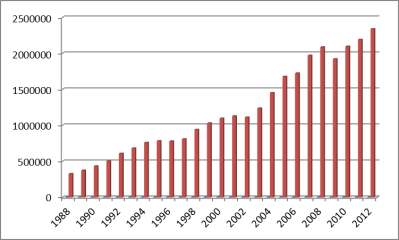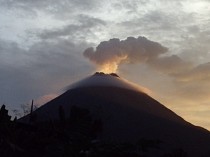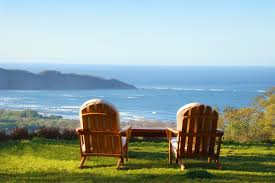Ni en esta ocasión ni nunca más.

Hace dos años escribí sobre las carencias del torneo de CONCACAF que se juega cada dos años denominado “Gold Cup” (su nombre original en inglés, porque es un torneo gringo).
En ese momento discutí tres temas principales:
1) QUE EL TORNEO SE JUEGA EN JULIO (los torneos competitivos se juegan en Junio, incluido el Mundial y EuroCopa y la razón es PRETEMPORADA);
2) QUE LOS PREMIOS SON RISIBLES (Un millón de dólares para el equipo ganador y medio millón para el segundo lugar) y
3) QUE SIEMPRE SE JUEGA EN ESTADOS UNIDOS (el único torneo regional con ese formato, dando a México y Estados Unidos el eterno factor de local).
Fallé sin embargo visualizar en ese momento la importancia que tenía el torneo para los intereses económicos de México, puesto que el mismo servía de clasificatoria directa para la Copa de Confederaciones del 2017, la cual se acaba de jugar.

Es ahora evidente el interés económico que tenía el torneo.
La cantidad de divisas que genera la competencia intercontinental en el mercado Mexicano es incalculable.
De haber llegado Costa Rica (o Panamá que a lo mejor tenía mejor chance) el espectador Mexicano hubiese preferido obviar el torneo, puesto que si algo sé del mexicano promedio es que detesta ver a otra selección del área participando en torneos internacionales.
“Futbol Picante”, “Los Capitanes” y demás programas de ESPN y Televisa hubiesen pasado a cubrir la pretemporada de los equipos locales antes de darle cobertura a otra selección en suelo Ruso. Los partidos se hubiesen transmitido, especialmente los de grandes equipos europeos, pero la venta de espacios publicitarios hubiese caído al 90% en relación a lo que se venden cuando juega México.

Entiéndase que la Copa Confederaciones se vive como otro mundial.
Con la corrupción comprobada que hay en CONCACAF no hacen falta dos dedos de frente para entender que la Copa de Oro no es más que un teatro construido para los intereses de los equipos de mayor poder económico.
No discuto que México puede ganar torneos regionales sin ayuda de fallos arbitrales, o que Estados Unidos no tenga el cartel para competir a nivel de la Copa Confederaciones, pero discuto que la sucesión de errores que llevaron a México a la Copa Confederaciones –en un momento en que México pasaba por un mal momento, de cuarto en la tabla de la Hexagonal – pueden fácilmente ser explicados desde el punto de vista monetario.
El mismo Jurgen Klinsmann vociferó cuando fue despedido como seleccionador de los Estados Unidos que desde su perspectiva el torneo había sido arreglado para que México ganara.

Después de saber los amaños comprobados en la Calcio y que hasta terminaron sacando a la Juve de Serie A, ¿Porque deberíamos pensar que tal asunto es imposible en nuestra área que ya de por sí es corrupta? – Léase caso del Chino Li.
¿Cuánto más va a soportar Costa Rica este abuso? ¿Quién va a ser el federativo que se levante y diga “Así no jugamos más”?
Por supuesto, como esta edición de la copa no clasifica a la Confederaciones a nadie le importa.
Solo Costa Rica lleva su equipo “A” (que no incluye jugadores de renombre porque nuevamente el torneo se juega en JULIO y no en JUNIO como debería de ser).

Pero esperemos en dos años cuando el puesto para Qatar se rife.
Entiendo que se está conversando crear una especie de “final” entre los ganadores de las dos copas anteriores a la Confederaciones para ver que equipo va en representación del área (en lugar de pase directo), sin embargo es evidente que la selección que gane el torneo anterior al certamen (el del 2019) va a tener mejor capacidad de afrontar esa final que el equipo que lo ganó dos años atrás.
¿Para qué jugamos esta Copa? pregunto yo. Y cuándo nos van a devolver el torneo CONCACAF Championship? Ese que ganamos tres veces, siendo Costa Rica el último campeón antes de ser cancelado para meter el invento de Copa de Oro en 1991 – bajo pretexto de probar los estadios gringos antes del Mundial del 94.

Mejor sigamos con el torneo menos competitivo del mundo, armado para los intereses de México y Estados Unidos y sigamos llenando el vacío deportivo del verano gringo.
Que de todas formas al resto del mundo, no le importa.











